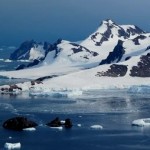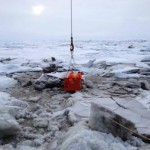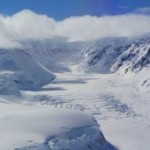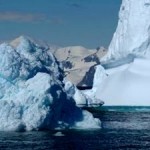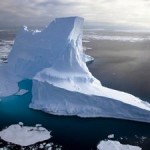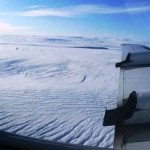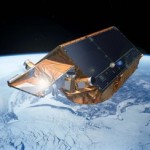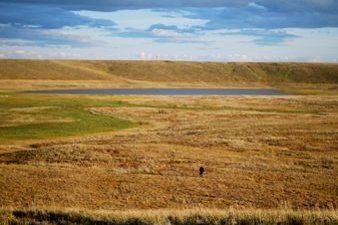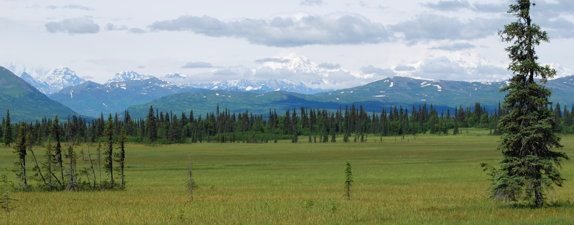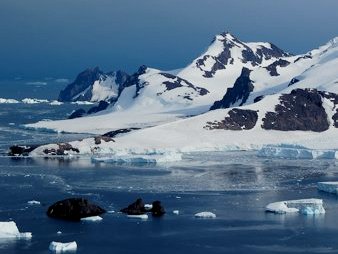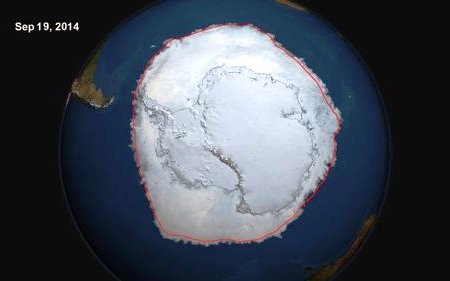Levy’s research shows that even under the stable temperature conditions of the Dry Valleys, recent increases in sunlight are leading to Arctic-like slump conditions.
If Antarctica warms as predicted during the coming century, the melting and slumping could become that much more dramatic as warmer air temperatures combine with sunlight-driven melting to thaw ground ice even more quickly.
Ground ice is not the major component of Antarctica’s vast reserves of frozen water, but there are major expanses of ground ice in the Dry Valleys, the Antarctic Peninsula and the continent’s ice-free islands.
Garwood Valley could tell the story of what will happen in these “coastal thaw zones”, says Levy. “There’s a lot of buried ice in these low-elevation coastal regions, and it is primed to melt.”
Co-authors on the paper were Andrew Fountain of Portland State University, James Dickson and James Head of Brown University, Marianne Okal of UNAVCO, David Marchant of Boston University and Jaclyn Watters of The University of Texas at Austin.
The research was supported by a grant from the National Science Foundation (NSF).
Check the following link to read/download the Full Study – “Accelerated Thermokarst Formation in the McMurdo Dry Valleys, Antarctica”:
http://www.nature.com/srep/2013/130724/srep02269/full/srep02269.html
Source: The University of Texas at Austin.

